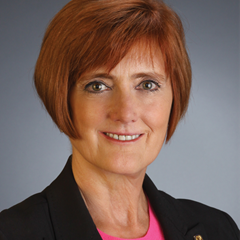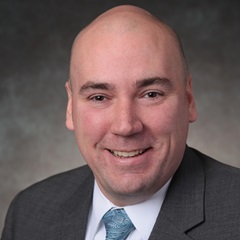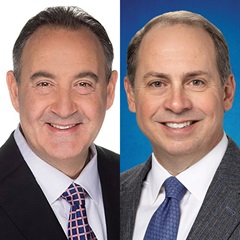
A Profile of ACHE’s 2024–2025 Chair
Susan Birk
After finishing his undergraduate work in sociology at the University of Notre Dame, William “Bill” P. Santulli, FACHE, set his career sights on becoming a sociologist. The New York native credits that early desire to work in academia to the inquisitiveness and zeal for tackling complex problems he’d learned from his father growing up on Long Island.
Read More














